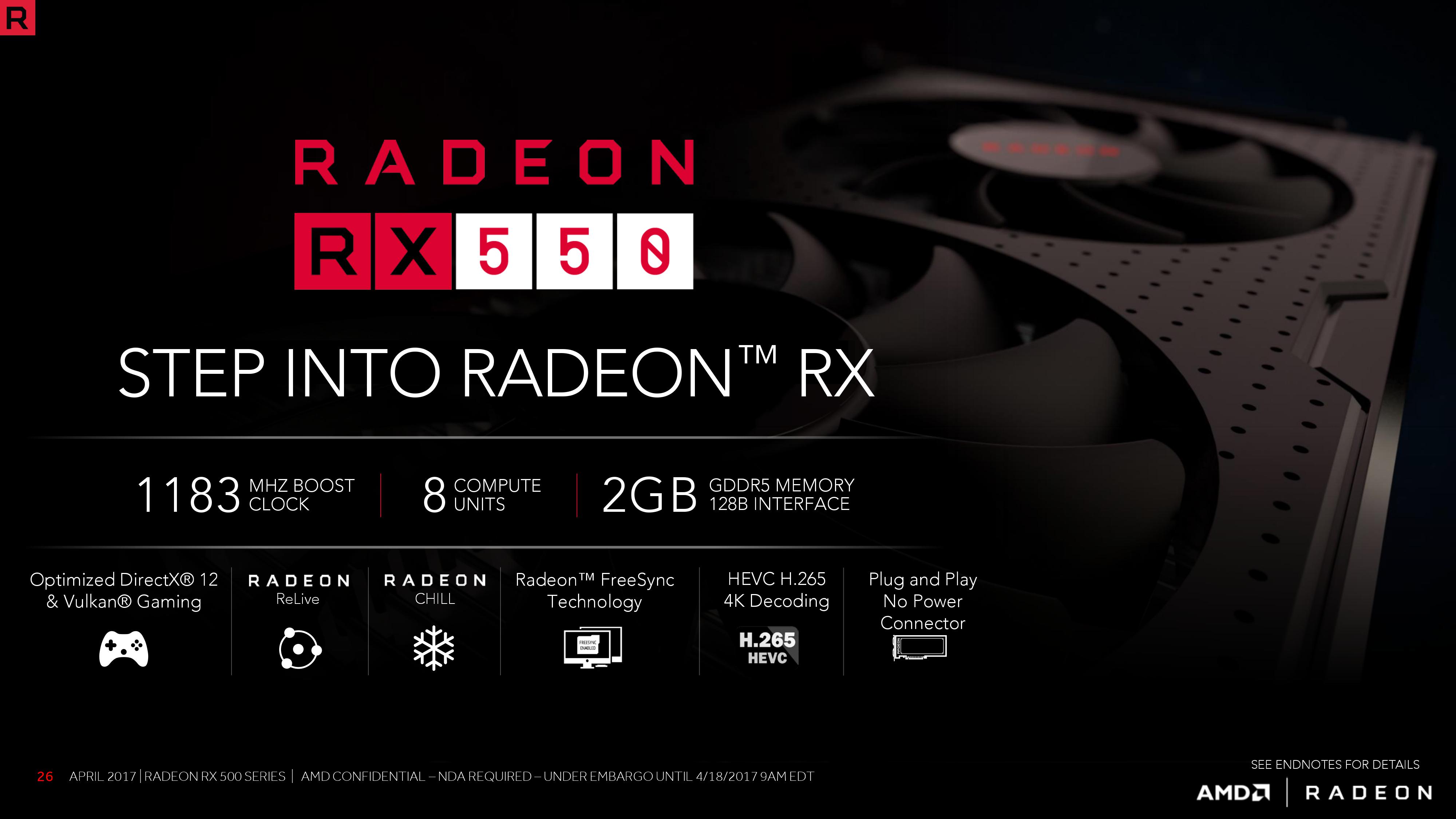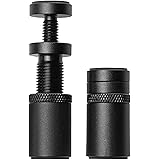The AMD Radeon RX 550 Graphics Card Specifications
The AMD Radeon RX 550 is a popular graphics card, especially among budget-conscious gamers and cryptocurrency miners. Released in 2017, this entry-level GPU offers various capabilities that make it appealing for various applications, including gaming and mining. One of the key performance metrics for miners is the hashrate, which indicates how efficiently a graphics card can solve complex mathematical problems associated with cryptocurrency transactions. We will explore the hashrate performance of the AMD Radeon RX 550, focusing on its capabilities in mining Ethereum, Zcash, and Monero.
One of the key specifications of the AMD Radeon RX 550 is its memory. It features GDDR5 memory with a speed of 7 Gbps, enabling fast data processing. The card offers a maximum memory size of 4 GB, which is suitable for many games, especially those that do not demand an excessively high amount of video memory. The memory interface is 128-bit, allowing for efficient communication between the GPU and the memory. Its maximum memory bandwidth of 112 GB/s further enhances its capability to handle demanding applications.
The RX 550 operates with a boost frequency of 1183 MHz. This means that the card can automatically increase its clock speed to provide better performance when needed. In terms of overall performance, it can achieve up to 1. 2 TFLOPs, which measures the card’s ability to perform floating-point operations quickly. This level of performance makes the RX 550 suitable for casual gaming and some light content creation tasks, such as video editing and graphic design.
The RX 550 has also been considered by some individuals interested in cryptocurrency mining. Cryptocurrencies often require significant computational power, and the hashrate of a graphics card is a crucial factor in determining its mining efficiency. The RX 550 is not the most powerful card on the market for mining, but it offers a decent hashrate for small-scale operations. For users who are just starting with mining, the RX 550 provides an entry point without necessitating a hefty investment. However, miners should be aware that performance can vary based on factors like software optimization and power consumption.
The AMD Radeon RX 550 is a versatile graphics card that meets the needs of gamers and content creators alike, thanks to its balanced specifications and performance characteristics. With its reasonable price point, it offers a good introduction to both gaming and cryptocurrency mining for those new to the scene. Though it may not top the charts in terms of raw power, the RX 550 remains a valuable option for users looking for an accessible and effective graphics solution.
When it comes to mining Ethereum, the RX 550 demonstrates a decent performance. At standard settings, it achieves a hashrate of approximately 9 MH/s. However, when overclocked, this figure can rise to around 11 MH/s. Overclocking is the process of running the GPU at higher speeds than it was designed to operate, which can significantly enhance performance. While this results in a boost in hashrate, it is important to manage the additional heat generated to avoid damaging the hardware.
In terms of mining Zcash, the RX 550 can reach a hashrate of about 65 sols/s at stock settings. This number can increase to approximately 70 sols/s with overclocking. Zcash mining often involves different algorithms compared to Ethereum, and the RX 550 manages to maintain solid performance in this area as well. The increase in hashrate through overclocking can provide a more profitable mining experience, although miners must be cautious about power consumption and thermal output.
The RX 550 shows its versatility by also being capable of mining Monero. In this scenario, the graphics card achieves a hashrate of around 225 H/s under normal conditions, and overclocking can push this up to about 275 H/s. Monero mining utilizes a different algorithm known as RandomX, which is optimized for CPU and GPU usage, thereby making the RX 550 a feasible choice for miners interested in this cryptocurrency.
The AMD Radeon RX 550 presents itself as a capable entry-level graphics card for cryptocurrency mining, offering satisfactory hashrates for Ethereum, Zcash, and Monero. Its performance can be significantly enhanced through overclocking, making it a valuable choice for miners looking to maximize their returns. While there are more powerful and efficient GPUs available in the market today, the RX 550 remains a relevant option for those who seek a balance of cost and performance in the world of cryptocurrency mining. As cryptocurrency continues to evolve, the RX 550 serves as a reminder of how budget hardware can still hold relevance in a competitive field.
Summary of AMD Radeon RX 550 Specifications :
- Memory Speed : 7 Gbps
- Max Memory Size : 4 GB
- Memory Type : GDDR5
- Memory Interface : 128-bit
- Max. Memory Bandwidth : 112 GB/s
- Boost Frequency : 1183 MHz
- Max Performance : 1.2 TFLOPs
- Ethereum Mining Hashrate : 9 MH/s
OverClocking Hashrate : 11 MH/s
- Zcash Mining Hashrate : 65 sol/s
OverClocking Hashrate : 70 sol/s
- Monero Mining Hashrate : 225 H/S
OverClocking Hashrate : 275 H/S
Cryptocurrency Mining Hasrates and Overclocking
Cryptocurrency mining is an essential process that powers various digital currencies, allowing transactions to be verified and added to the blockchain. Different cryptocurrencies utilize unique algorithms, which can impact their mining hashrates.
Cryptocurrencies like Ethereum (ETH) and Ethereum Classic (ETC) utilize the DaggerHashimoto algorithm, with a mining hashrate of 10. 5 MH/s. This means that the miner can perform 10. 5 million hash operations per second, making it suitable for processing blocks on their network. In comparison, Decred (DCR) operates with a hashrate of 0. 26 GH/s, indicating that it is running at a higher performance level, which is essential for increasing efficiency and profitability in mining.
Another common algorithm is Cryptonight, used by currencies like Monero (XMR) and DigitalNote (XDN), which has a hashrate of 0. 25 kH/s. Cryptonight is designed to be ASIC-resistant, making it more accessible to individual miners using standard hardware. Additionally, the CryptoNightV7 variant also offers a similar hashrate, demonstrating consistency across different iterations of this algorithm.
Equihash is another popular mining algorithm found in cryptocurrencies such as Zcash (ZEC), Zencash (ZEN), and Komodo (KMD). It boasts a mining hashrate of 60 Sol/s, which is a notable performance metric. This algorithm is particularly advantageous for GPU miners, as it allows effective utilization of graphics cards in the mining process.
The Pascal algorithm is utilized by coins like Pascal (PASC) and it operates at a hashrate of 0. 16 GH/s. Again, we see variations in hashrate that reflect the unique requirements and algorithm characteristics of each cryptocurrency. Lastly, the X11GOST algorithm, exemplified by Sibcoin (SIB), has a hashrate of 1. 4 GH/s, highlighting how different algorithms equate to varying efficiency levels in mining.
As miners seek to optimize their performance, overclocking their hardware becomes a viable strategy. For the RX 550, optimal overclocking settings include a voltage of 0, a core clock of 1200 MHz, and memory set at 1825 MHz. These adjustments can significantly increase mining efficiency, allowing greater hash operations per second while managing temperature and power consumption.
Understanding mining hashrates across various cryptocurrencies offers insight into the efficiency and profitability of different algorithms. Additionally, implementing overclocking settings can enhance mining performance. As cryptocurrencies continue to evolve, staying informed about mining techniques and hardware adjustments will be crucial for miners seeking to maximize their returns.
Cryptocurrency Types for AMD Radeon RX 550 4GB :
- DaggerHashimoto [ EtHash : (ETH) & (ETC) ] Mining Hashrate : 10.5 MH/s
- Decred (DCR) Mining Hashrate : 0.26 GH/s
- Cryptonight [ (XMR) & (XDN) ] Mining Hashrate : 0.25 kH/s
- CryptoNightV7 Mining Hashrate : 0.25 KH/s
- Lbry ( LBC ) Mining Hashrate : 0.03 GH/s
- Equihash [ (ZEC – ZEN – ZCL) & (BTG) & (KMD) & (HUSH) ] Mining Hashrate : 60 Sol/s
- Pascal [ (PASC) & (PASL) ] Mining Hashrate : 0.16 GH/s
- X11GOST [ Sibcoin (SIB) ] Mining Hashrate : 1.4 GH/s
RX 550 OverClocking Settings :
- Voltage : 0
- Core : 1200
- Memory : 1825
Power Consumption : 50 Watt/Per Hour







Hello ;)
You tested 3 years ago.
(Saturday, 17 Feb 2018 09:57)
I’m curious about the new data.
Can you do the same test with today’s values for
PowerColor Red Dragon Radeon 550 XT 4GB?